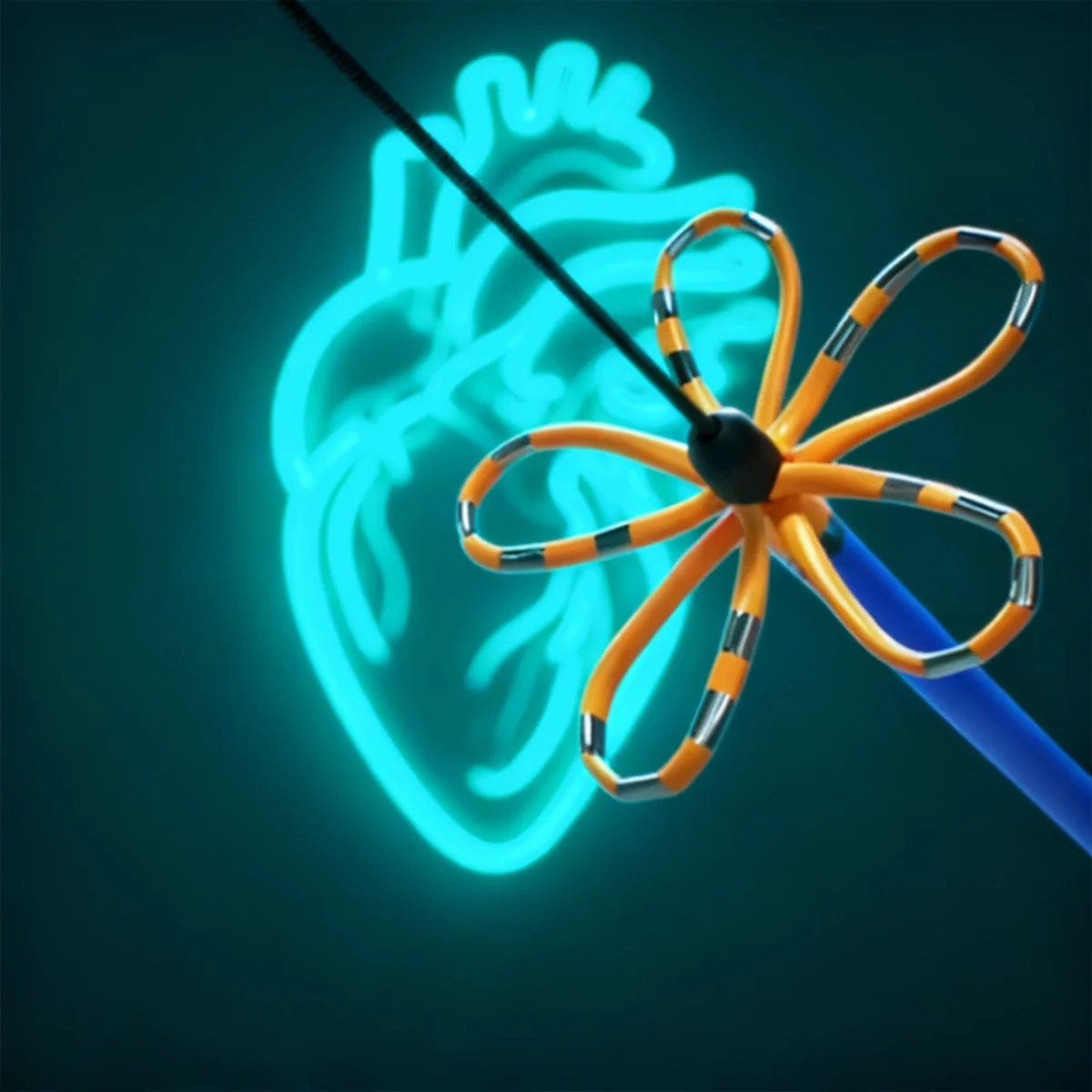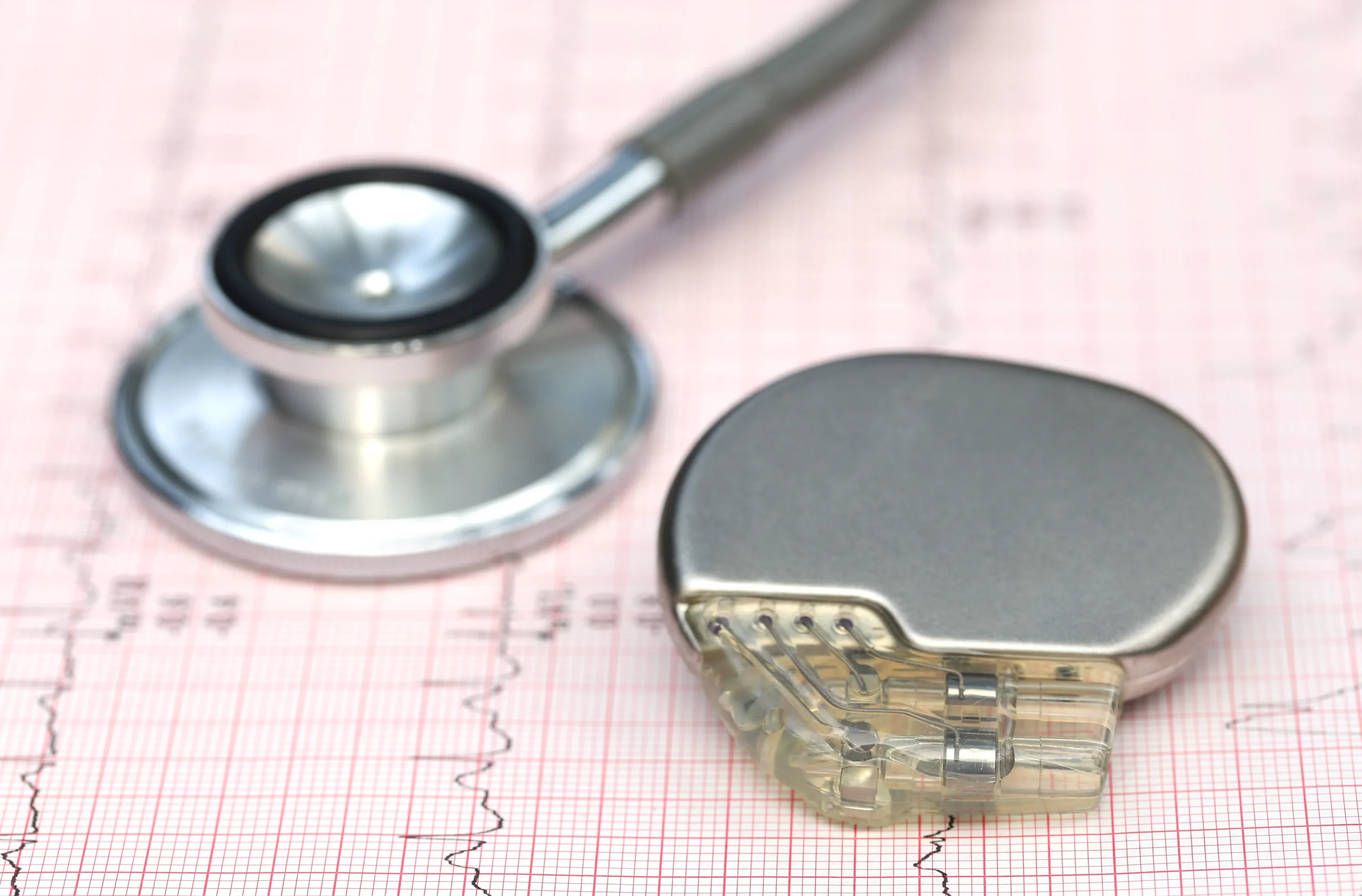When it comes to high-level health and fitness, electrocardiograms are a headline topic.
From sports bodies like the Football Association of Ireland to professional clubs and societies, more and more institutions across the country are encouraging their athletes to get “ECG tests” for their hearts.
And there’s a good reason for that. Though athletes’ hearts have an amazing capacity for physical endurance (see below), they aren’t immune to health issues. Heart conditions and rhythm disorders (arrhythmias) can affect people of all ages and fitness levels and sometimes strike without warning. At worst, they can be dangerous – as demonstrated by the tragic case of Dillon Quirke, the Tipperary hurler who died in 2022, aged 24, of Sudden Adult Death Syndrome (SADS). The Dillon Quirke Foundation, set up in his memory, now campaigns for cardiac screening in young people.
So ECGs have an important part to play in keeping athletes safe and healthy. But how exactly do they work – and why are they only part of the story? Below, we’ll look into some of the answers…
Need specialist advice about rhythm disorders and testing? Jonathan Lyne is one of Ireland’s leading cardiologists, with over 25 years’ experience in diagnosing and treating heart rhythm conditions. Sports associations and clubs around the country regularly refer their professionals to us here at Heart Rhythm Cardiologist in Dublin for testing, diagnosis and treatment. Get in touch to book an appointment.
What is an ECG (Electrocardiogram)?
An ECG (sometimes abbreviated to EKG) is a very common tool for recording electrical activity in the heart. It’s a fast, painless and non-invasive way to check if there are any problems with the rhythm and rate of your heartbeat.
The test uses electrodes to record the activity in your heart. These are enclosed in small sticky patches, which the examiner places on your chest or wrists for the test. Wires (or leads) run from the patches to a computer, which displays the activity as a line graph.
There’s more than one way to carry out an ECG. The three key types are:
- Resting ECG – where you lie still during the test
- Exercise ECG – where you use a treadmill or exercise bike for the test
- Holter monitor – where you wear a portable ECG for at least 24 hours, to record your heart activity over a sustained period
There are several reasons why a doctor might ask you to have an ECG. We can use the test to investigate new or concerning symptoms you’re experiencing – things like fluttering palpitations, shortness of breath, or a new feeling of fatigue or weakness that you’re getting during exercise. They’re also helpful for examining your heartbeat, confirming or ruling out a diagnosis, and checking to see how certain medicines are affecting your heart.
Why Athletes May Need an ECG
An ECG can be a vital tool in identifying heart conditions that may affect athletes, even when symptoms aren’t immediately apparent. Below, we explore the different reasons why athletes may need an ECG, including preventative screenings, routine checks, and signs that warrant further investigation.
Preventative ECGs
Hypertrophic cardiomyopathy isn’t the only condition that can affect otherwise fit and healthy athletes. Young sportsmen and women can develop other heart complications too, from rhythm disorders (arrhythmias) to artery abnormalities and cardiovascular disease. Since these issues don’t always cause noticeable symptoms, they can sometimes go undetected.
The idea of preventative ECGs is to catch these types of conditions long before they cause serious problems, particularly in very active people who wouldn’t necessarily expect to suffer from a rhythm disorder, a congenital heart defect or other inherited heart issues.
The European Society of Cardiology recommends that all young athletes involved in organised sports have ECG tests for just this reason. Their advice was partly based on a 25-year study in Italy, where ECG heart screenings have been mandatory since the early 1980s. The study found that sudden deaths during competition have fallen by nearly 90% since the testing began.
Routine ECGs
Within Europe, it’s now quite common for sports clubs and associations to provide regular ECG tests to the athletes who work or train with them. A simple 12-lead electrocardiogram – the most common type of ECG – can pick up a wide range of electrical abnormalities that aren’t necessarily obvious to the person being examined.
This was how hurling star Paul Boyle discovered he had Wolff-Parkinson-White (WPW) syndrome, a congenital condition that causes the heart to beat abnormally fast. “In my life, I never felt anything wrong with my heart,” he recalled later. “No chest pain, nothing.”
Routine ECGs can help athletes understand more about how their hearts are adapting to training, while picking up rhythm or pattern abnormalities that might be a cause for concern.
Signs of Concern
Many heart conditions do, of course, cause noticeable symptoms too, and an ECG often acts as a first line of investigation into what might be going on. You may need to have an ECG if you experience symptoms like:
- Dizziness or light-headedness
- Chest pain
- Palpitations
- Shortness of breath
- Weakness or fatigue
- Reduced ability to exercise
Although these symptoms aren’t always associated with heart problems, they can be a potential red flag for an underlying condition, such as atrial fibrillation (AFib), cardiovascular disease or hypertrophic cardiomyopathy.
Guidelines for Athlete ECGs
Athlete ECGs have been widely used across Ireland for many years – particularly since 2004, when a group of European experts, backed by the International Olympic Committee, published the “Lausanne Recommendations” to help prevent sudden deaths in athletes. Their advice pushed for “preparticipation” cardiovascular screening in sport, with four key elements: “the personal history of the athlete, his/her family history, a physical examination and an electrocardiogram.”
But ECGs need careful interpretation too. Abnormal test results don’t always mean an athlete has a serious problem and needs to step back from sport immediately – they might be what’s known as a “false-positive.” This is one reason why it’s important for a heart expert to analyse the data: “If a cardiologist carries out an ECG check, the false-positive rate can be as low as two per cent,” the Irish Independent reports.
The functional and morphological changes that happen to an athlete’s heart can also make their ECG results more complex to interpret. As the European Society of Cardiology explains: “Differentiation between “normal variant” and abnormal patterns is often difficult and requires other tests like an echocardiogram, which is especially important to rule out hypertrophic cardiomyopathy, or exercise testing to look for a normalisation in rhythm disorders or repolarisation abnormalities.” Again, a heart rhythm specialist can help to distinguish between patterns that are normal or concerning.
When to Call a Doctor
Looking after our heart health is, of course, something we should all be doing. But it’s especially important for professional sportspeople who are putting their bodies through regular, high-intensity exercise. Heeding the physical warning signs of a heart problem is an obvious way to do that; for instance, if you:
- Experience unexplained fainting or light-headedness
- Feel pain in your chest during exertion
- Notice an unexpected drop in performance
- Sense that you’re getting palpitations or an irregular heartbeat
If you’re concerned about any heart symptoms or wondering if you need an ECG test, it’s a good idea to check in with a heart rhythm specialist. They’ll be able to provide you with advice, testing and treatment that’s tailored to your context as an athlete.
Athlete ECGs with Dr Lyne
As one of Ireland’s leading heart rhythm experts, Dr Lyne sees a lot of sporting professionals for health checks and further investigations. Athletes often come to us if they’ve had an ECG with their club that has flagged a potential issue. With access to some of the best testing and treatment facilities in Dublin, we can conduct a full investigation into what might be going on inside your heart – and the steps you need to take next, whatever they may be.
Are you looking for advice about screening for heart rhythm disorders in athletes? Or do you need to refer a sportsperson for further testing? Please get in touch and we’ll connect you with Dr Lyne. You can call or email the team at Heart Rhythm Cardiologist, or book a consultation direct on the website. Whether you’re a team coach, fitness trainer, sports medic – or an athlete yourself – we’ll help you get the support and advice you need.
Athlete ECG FAQs
What types of ECG tests are used for athletes?
There are three main types of ECG tests used for athletes: resting ECG, exercise ECG, and Holter monitoring. A resting ECG is done while you lie still, an exercise ECG is performed while you exercise, and a Holter monitor records your heart activity over 24 hours or longer to give a complete picture of your heart’s rhythms.
Why do athletes need ECG tests if they feel fine?
Even if an athlete feels healthy, heart conditions like arrhythmias or hypertrophic cardiomyopathy can develop without symptoms. ECG tests are crucial for detecting these hidden issues early, potentially preventing serious health problems or sudden cardiac events.
How often should athletes have an ECG?
Many sports clubs and associations offer regular ECG screenings, especially for young athletes involved in organised sports. Preventative ECGs are recommended by the European Society of Cardiology to catch heart problems early, ideally before any symptoms appear.
When should an athlete see a cardiologist?
If an athlete experiences symptoms like dizziness, chest pain, palpitations, or a drop in performance, it’s important to see a cardiologist. These could be signs of an underlying heart condition that needs immediate attention, and an ECG can help diagnose the issue.
What problems can an ECG detect?
Electrocardiograms can help to diagnose several different types of heart problems. These include things like: irregular heartbeats (arrhythmias), signs of heart disease (such as blocked or narrowed arteries), signs of a current or previous heart attack and cardiomyopathy (when the walls of the heart become thicker or enlarged).






